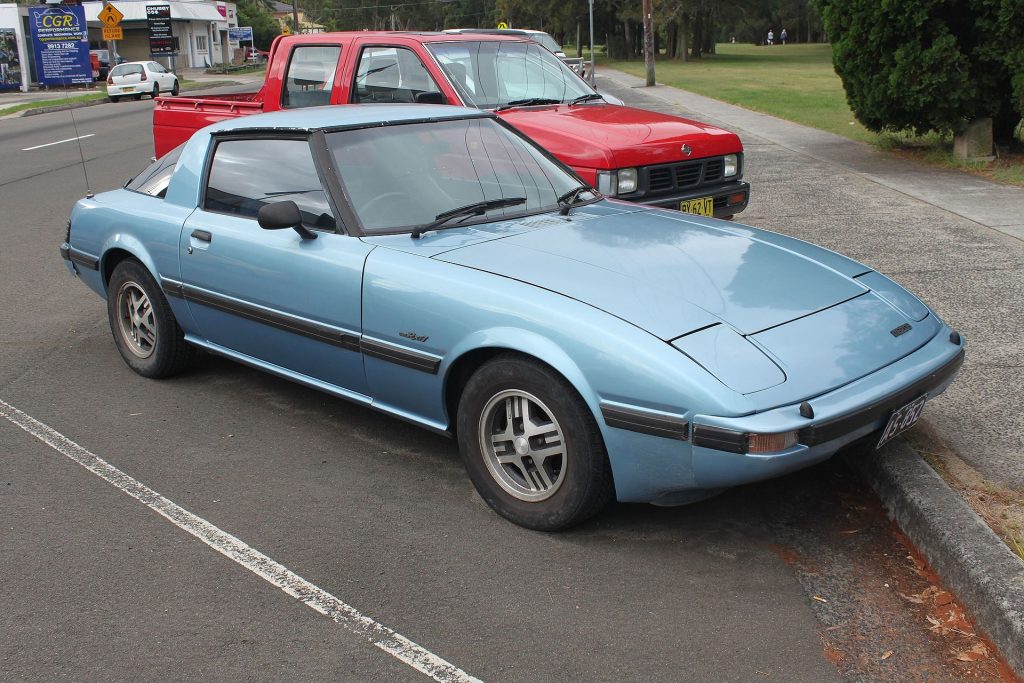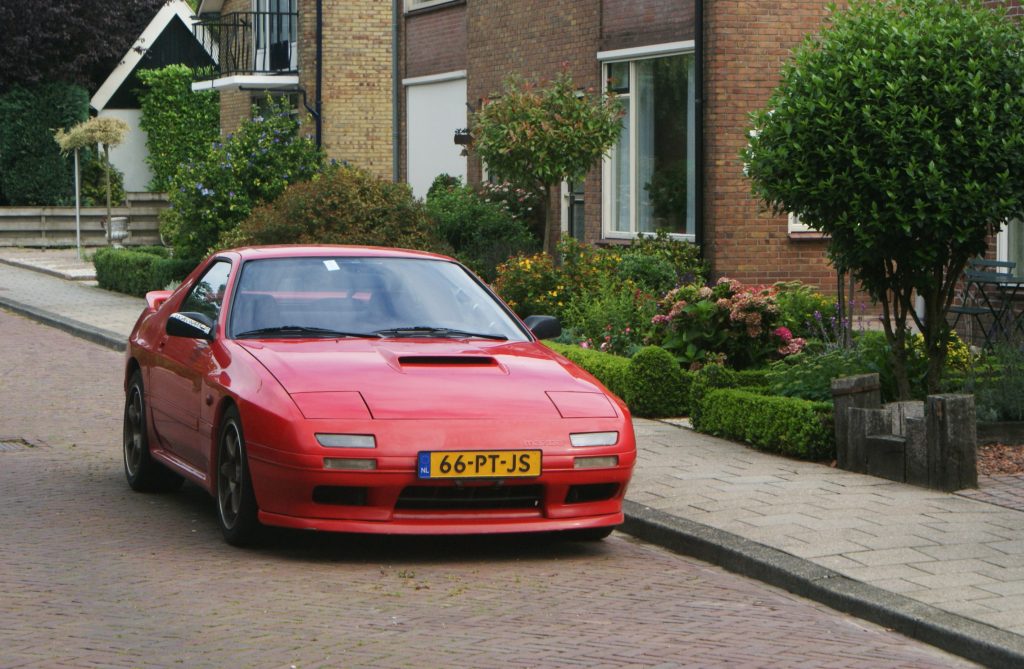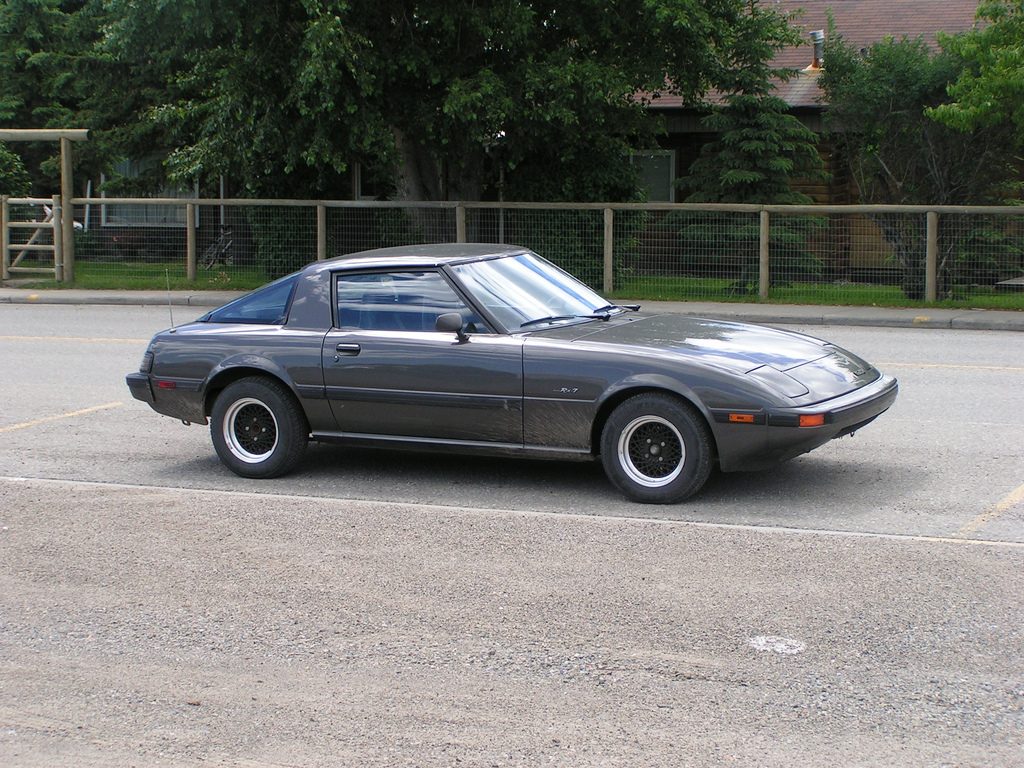The Mazda RX-7 was a popular Mazda sports car with rear-wheel drive and a front engine. The RX-7 spanned three generations from 1978 to 2002, pleasing many drivers along the way. The first generation included a 2+2 hatchback or a two-passenger hatchback, the former of which sometimes had rear seats. The second generation, from 1985 to 1991, let drivers choose from the two-door convertible or 2+2 hatchback. These options helped drive the popularity of the Mazda RX-7.

Finally, the third generation just had the 2+2 hatchback body style but stood out with the sequential twin-turbochargers. The body gives you all the style you’re looking for while the interior provides enough room to keep you comfortable on any drive. Take a closer look at the second generation of this Mazda, and you will spot the RX-7 Turbo II, a variation worth revisiting.
The Turbo II’s Place in the Lineup
As mentioned, the Turbo II was part of the second generation of the RX-7 Turbo II. This name was applied to the versions produced between 1985 and 1988 that came with the optional turbocharged engine that delivers 182 horsepower in the Series 4.
Styling
Compared to the previous generation, the second generation of the Mazda RX-7, including the Turbo II, was fully restyled in a way that reminds enthusiasts of the Porsche 924. In fact, Chief Project Engineer Akio Uchiyama and the other Mazda stylists used this Porsche as inspiration. They did so since this would appeal to American drivers, and the second generation would target that market. That strategy was the result of Uchiyama and his team studying owners of previous RX-7s in the United States. They noticed that the Porsche 944 sold very well at the time, and they (correctly) assumed that getting inspiration from it and similar models would prove beneficial. Overall, the second generation of the Mazda RX-7 was similar to the softer sport-tourer vehicles.

Mechanical Components
The RX-7 Turbo II stood out from the other Mazda RX-7s of its time in terms of the engine, but most other components were the same. This included an improved rear design over the previous generation to include an Independent Rear Suspension that was more modern, adding to the eye appeal. Steering also became more precise thanks to the replacement of the recirculating ball steering with rack and pinion steering. While disc brakes were standard on most RX-7s, the Turbo II offered four-piston front brakes.

Mazda also gave these RX-7 models the Dynamic Tracking Suspension System (DTSS). The autos’ revised independent rear suspension used unique toe control hubs that could introduce a small amount of passive rear steering to deal with cornering loads. This works well together to make for a vehicle that is easy to handle and fun to take on a long scenic drive. DTSS let some toe-out in normal driving conditions with a slight toe-in with heavier loads to improve responsiveness. You will find plenty of room behind the wheel and more than enough cornering ability to please even the pickiest of drivers.
